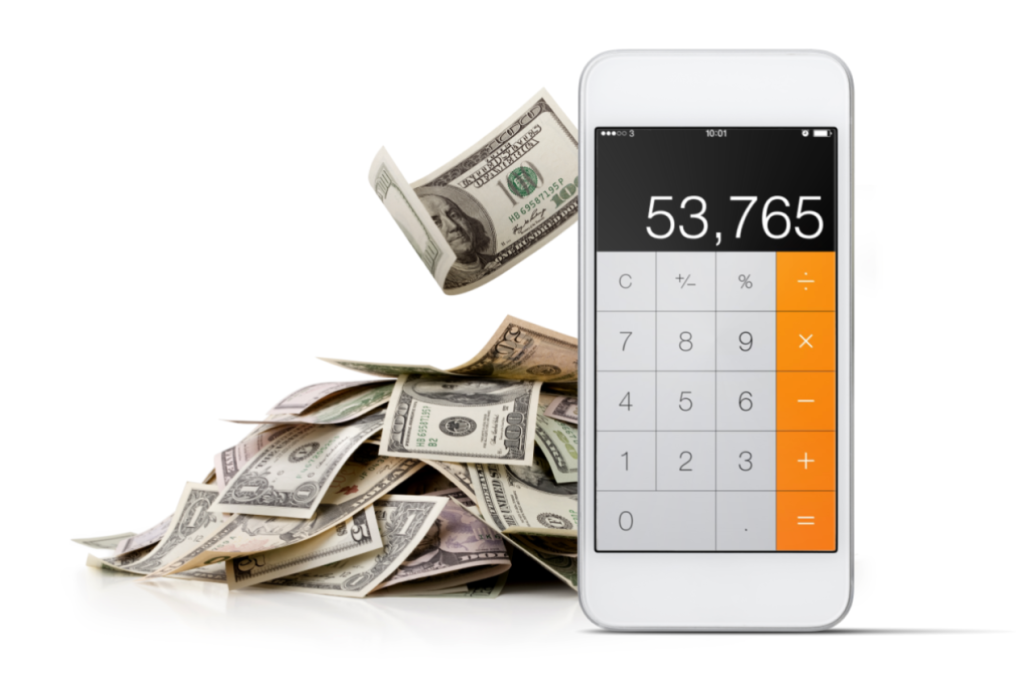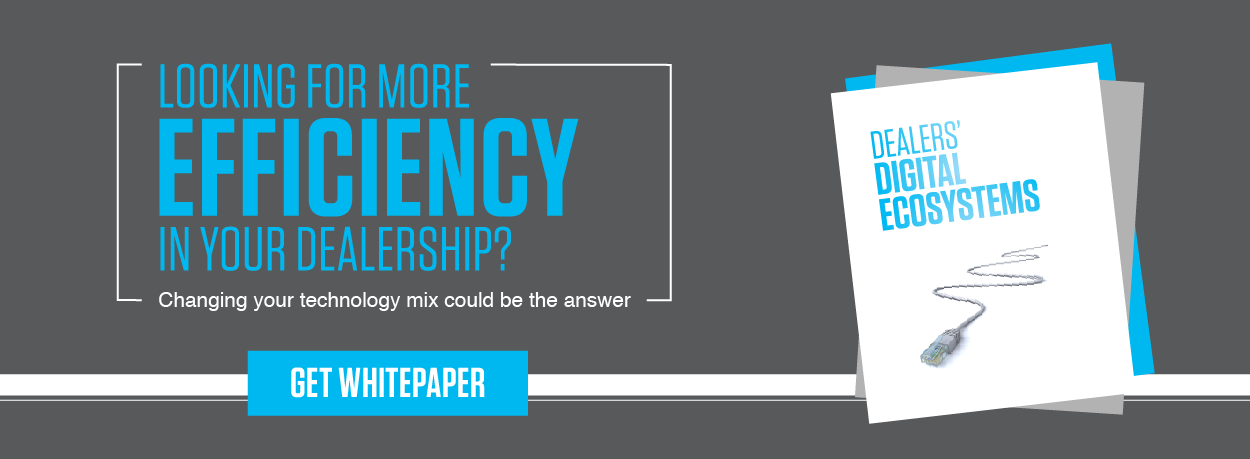As more and more dealerships adopt eContracting, you might be wondering if now is the time for your dealership to look into getting or using an eContracting solution. The fact is, there’s no good reason not to use eContracting today for the growing list of lenders that currently accept it.
When you adopt and use eContracting with your current lenders, you benefit from more efficient workflows, fewer returned contracts and faster funding from those lenders. Each time an additional lender joins the platform, you’ll be ready to expand those efficiencies in your daily transactions.
Here are some of the many ways your dealership can benefit from using eContracting today:
- Move away from the hassles and costs of paper contracts – Using less paper in your contract process means less printing, copying, faxing, toner cartridge replacement, shipping and paper files.
- Make your contract process more efficient and customer-friendly – Streamline your workflow with a single electronic deal jacket, integrations that reduce data re-entry, and a smoother contract review and signing process for your customers.
- Improvements to your bottom line – Investing in eContracting can cut contract in transit time so you get funded as fast as the same day, and also save on printing and shipping costs.
- The convenience of electronic signatures – “Sign and tap” functionality allows buyers to sign one time per signing session and pre-fill all subsequent signatures with just a tap
- Faster funding from lenders – eContracting includes features that increase accuracy, which helps reduce the need for re-contracting and allows lenders to review and fund more quickly.
- Optimize your contracting workflow – The right eContracting solution should allow your dealership the flexibility to develop eContracting processes that support the way you do business.
- Submit and store contracts securely – The security features built into eContracting can help keep data safe within the dealership, in transit to lenders, and after the deal is completed.
- Cut down on data re-entry – Integrated technology systems allow customer and deal information to flow more smoothly from lead to contract with less duplicate data entry.
- Submit a complete deal that includes aftermarket products – A complete eContracting solution should give your dealership the ability to create and digitally submit service contracts to aftermarket providers and aftermarket sales contracts to lenders.
- Extend the convenience of digital retailing to the in-store experience – Support your dealership’s digital retailing initiatives with eContracting technology that meets customer expectations for a seamless online to in-store process and a speedy shopping transaction.
- Increase customer satisfaction – The number one frustration for car buyers is negotiation and paperwork according to Cox Automotive 2019 Car Buyer Journey research. Digital review and signing of contracts can save a customer 45 minutes at the dealership.
- Make lease deals easier – eContracting helps standardize lease contracts and align them with your dealership’s workflow for retail contracts to create a more efficient process across the board.
- Reduce contracts in transit – Overcome cash flow roadblocks with an eContracting process that can get your dealership funded faster.
- Offer customers flexible signing options – Have your customers review contracts and eSign from anywhere.









